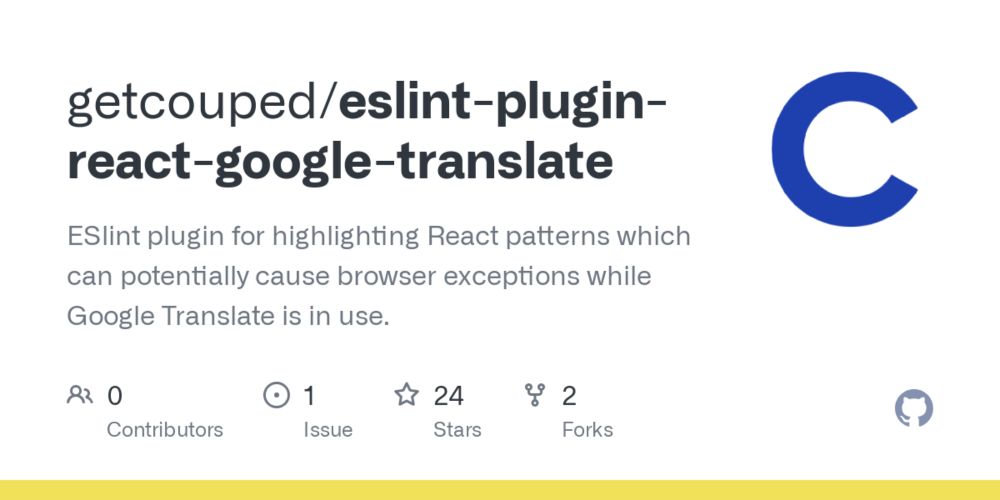But the docs you link don't really cover this case, if I am not mistaken? Arc's case was especially hard, because executable code could be "gifted". But the same attack vector still seems relevant enough for me to be more specifically addressed by the docs.
But the docs you link don't really cover this case, if I am not mistaken? Arc's case was especially hard, because executable code could be "gifted". But the same attack vector still seems relevant enough for me to be more specifically addressed by the docs.
I think the Firebase docs could do a much better job describing best practices to prevent such cases.

I think the Firebase docs could do a much better job describing best practices to prevent such cases.

But maybe AI tools could do more to close that gap, like provide rationale, pros and cons, potential weaknesses of the code suggestion etc.
But maybe AI tools could do more to close that gap, like provide rationale, pros and cons, potential weaknesses of the code suggestion etc.

